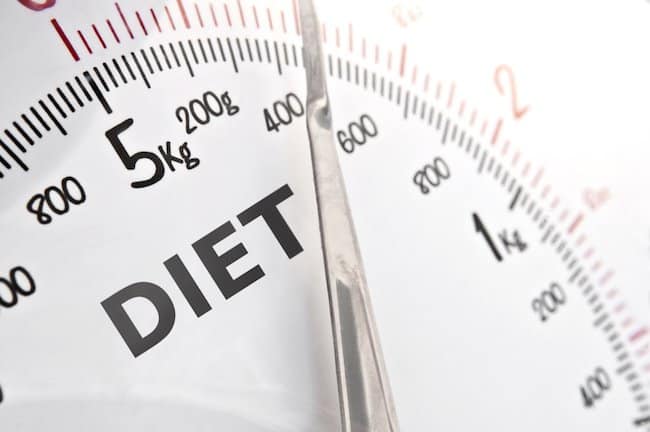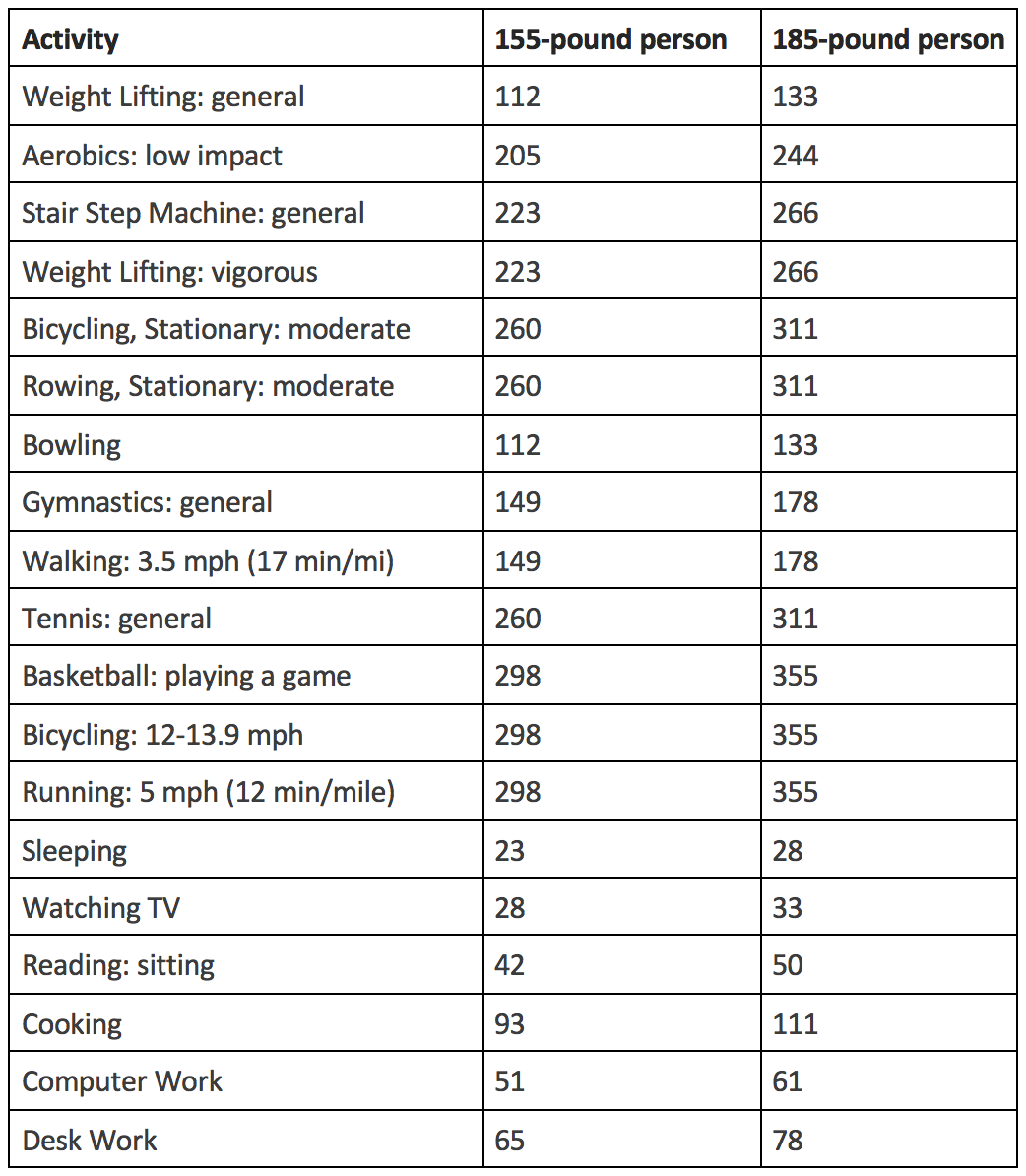


BMR x 1.2 for sedentary level (little to no exercise and you work at a desk).If you are doing the maths yourself, you take the number that you get from the Mifflin St-Jeor equation and factor in your activity and workout level. The accuracy of the number you get from the calculator will depend on how accurately you categorise your activity level. You'll have five categories to choose from: sedentary, lightly active, moderately active, very active and extremely active. To determine TEPA, the calculator will ask you to estimate your daily activity level. If you use an online calculator to get your daily caloric expenditure, the RMR and TEF are automatically factored in. Muscle tissue is more metabolically active than fat mass which can lead to a decrease in RMR. As we get older, we generally lose muscle mass and gain fat mass. Scientists attribute the decrease to changes in our body composition. It will change throughout your life, typically decreasing with age. Men: (10 × weight in kg) + (6.25 × height in cm) - (5 × age in years) + 5.Women: (10 × weight in kg) + (6.25 × height in cm) - (5 × age in years) - 161.The formula is different for men and for women. You can measure your RMR by undergoing metabolic testing, by using an online calculator or by using a mathematical equation, such as the Mifflin St-Jeor formula to get your BMR. RMR makes up about 60 to 75 percent of your total daily energy needs. BMR is the number of calories you need to maintain essential organ functions such as breathing and circulation. RMR is often used interchangeably with basal metabolic rate (BMR). Your resting metabolic rate (RMR) is the number of calories you need to maintain your body at rest. The number of calories you burn each day depends on physical factors and your lifestyle. These numbers are often used to determine an approximate food intake for weight maintenance. An older adult may burn more calories than a young person if the young person has a small body and doesn't exercise and the older adult is more muscular and exercises regularly.Īs a general guideline, women typically burn about 2,000 calories per day and men burn about 2,500 calories per day. For example, even though men typically burn more calories than women, a man might burn fewer calories than a woman if he is sedentary and the woman is very active. Activity level: The more you move throughout the day, the more calories you burn.īear in mind that none of these factors work independently of the others.

Age: Younger adults tend to burn more calories than older adults.Body size: Larger bodies will usually burn more calories than smaller bodies.Sex: Typically men burn more calories than women.

There are certain attributes that can influence the number of calories you burn each day or your caloric expenditure. The energy that is used by your body and provided by the food that you eat in your diet is measured in calories. Your body turns the food from your diet that you eat into energy that is used to fuel your daily activities, both voluntary and involuntary. If you want to burn more calories for weight loss or to maintain a healthy body weight, it can be helpful to learn more about the way your body burns calories, both at rest and during activity. The number of calories per day that you burn depends on a variety of factors, some that are in your control and some that aren't. The Harvard Heart Letter, from Harvard Medical School, is your monthly advisory on the latest developments in heart health, new treatments, prevention, and research breakthroughs.Your body is a calorie-burning machine. If you're concerned about heart disease, you need expert information and advice you can trust. Physical Activity Calorie Counter.Ĭalorie Control Council. Volleyball: non-competitive, general playĪCE Fitness. Activities and exercises include walking (casual, race, and everything in between), swimming, jogging, yoga, and many more. While engaging in one of your favorite physical activities or exercises, you may have asked yourself, "How many calories do I burn while doing this?" Well, you may find your answer here. The table below lists the calories burned by doing dozens of activities listed by category (such as gym activities, training and sports activities, home repair etc.) for 30 minutes. Calories burned chart by activity and weight, including walking, sports, and everyday household activities


 0 kommentar(er)
0 kommentar(er)
